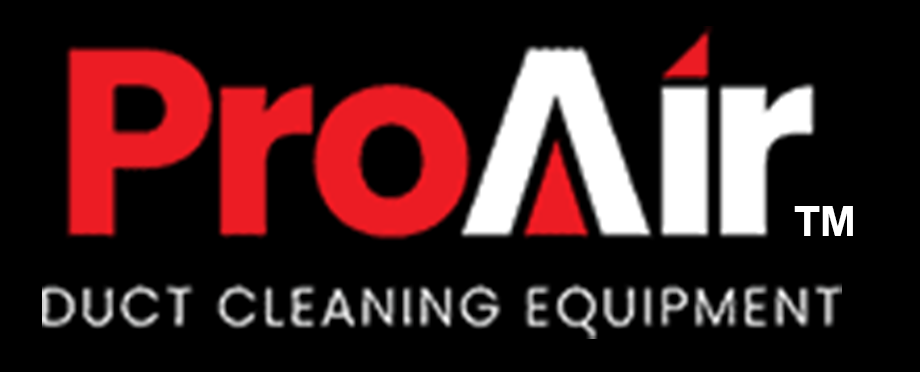Are your loved ones catching a cold a little too often? If yes, use the Proair duct cleaning equipment to eliminate the contaminants possibly triggering the infection. Filthy ducts can be a major cause of health illness. So can there be a link between your HVAC ducts and your sneezing? Well, it wouldn’t be the first time that blocked air ducts were the origin of allergies to air conditioning. So let’s analyze the possible connection between duct cleaning and your allergies.
An allergy appears when an individual’s immune system reacts to an outside substance. It can be tough to identify whether an indoor allergen may cause a severe or life-threatening reaction because different persons often have different reactions. Exposure to allergies can be particularly harmful to those who have asthma, immune disorders, or respiratory ailments.
People with allergies or asthma problems must keep their air duct systems clean. One must clean the ducts regularly as it can help ease allergy and asthma triggers as well as help lower the number of allergens in your home. Here’s how duct cleaning aids asthma and seasonal allergies.
The link between duct cleaning and allergies
Does cleansing air ducts lessen allergies? Consider this. What happens to an object after you blow the dust off of it? The dust in the air usually blows back at you. What follows for people with allergies is a sneezing episode.
You eventually wind up with airborne dust and dust mites in your home when your HVAC blows air through the dust-covered ductwork. Also, pet dander, bacteria, parasites, and germs invade with them. Clearing dust, allergens, and other contaminants out of ducts should improve air quality and reduce allergy symptoms.
A long variety of irritating health problems can result from poor air quality in your home or place of work. Are there any complaints of throat, nose, or irritation of eyes? Is there a lot of sneezing and coughing occurring? What about migraines and dizzy spells? Unclean ductworks can make individuals health worsen.
What contaminants can circulate via the ducts?
Please remember that your HVAC system and ducts circulate all of your interior air when thinking about allergies and duct cleaning. Some undesirables that can release into the air are listed below.
- Dust mites – When dust particles emit from HVAC ducts, it is impossible to keep our houses dust-free. These particles adhere to surfaces very quickly. For individuals who have allergies, dust is a major problem.
- Pollen – This contaminant usually comes in with your shoes and clothing. Also, your home’s windows and doors must be open for it to enter. It’s the most harmful contaminant for a person who has allergies, and your HVAC system spreads it throughout your room.
- Pet Dander – We may be pet lovers, but not everyone may feel the same way. As per the Asthma and Allergy Foundation of America, 3 out of 10 Americans have sensitivities to cats and dogs. As a result, your ductwork may spread dander around your space. You’re mistaken if you think you are safe from outdoor pollutants after you close your door. Pesticides seep into your house. As stated by the EPA, indoor air is 2 to 5 times more toxic than outdoor air!
- Chemical compounds – Most of us don’t offer VOCs much attention. But they encircle us everywhere. VOCs are toxic fumes released by common household products. Even printers and cleaning agents emit VOCs. HVAC systems usually circulate these pollutants via ducts.
- Mold and mildew – These pollutants can grow from moisture in your ducts. If your ducts are dirty, duct cleaning is necessary when addressing allergies and duct cleaning. Many allergy symptoms are a result of mold.
- Bacteria– If bacteria invade your HVAC system, they can spread through your indoor spaces via air ducts and sicken residents. The worst-case scenario is that you could get Sick Building Syndrome.
- Corona and other viruses – There is abundant evidence that, in certain conditions, the virus that causes COVID-19 can stay in the air for hours or more. Some particles in the air may stay long enough to reach your HVAC system’s air distribution system and land in your ductwork.
What does the EPA say about cleaning the ducts and allergens?
Even though the EPA hasn’t given duct cleaning a global thumbs up because of the lack of extensive research on allergies and ductwork cleaning, it has recommended that you consider duct cleaning in the following circumstances:
- Ducts often contain contaminants like a rodent or insect pests
- Ducts are clogged with excessive dust and debris, letting these particles into your home from supply registers
- There is quite visible mold growth on objects such as duct lining or distinct HVAC system parts.
Benefits of ductwork cleaning and relieving allergens
- By eliminating impurities from ducts, you can improve air quality.
- Get rid of bad smells by cleaning out your ducts of toxic materials like molds, mildew, and rodent droppings.
- Dust removal (one of the primary reasons for allergies and ductwork cleaning). Not just from the environment but also surfaces like your belongings and others.
- By cleaning your ducts of debris, you can increase the HVAC system’s efficiency. Airflow is not smooth in the ducts that have debris. Due to the reduced airflow, your HVAC system must work longer and harder. Clean air ducts save you money on energy and prolong the life of your equipment.
Conclusion
Filthy ducts indeed have a direct connection with allergies and illness. Thus, keeping your ductwork clean at all times is highly essential. Take note of all these consequences and get the best outcomes by cleaning ductwork regularly. Ensure proper maintenance and enjoy benefits like saving energy bills, better equipment life, and more. Eliminate all the allergens from your indoor space and keep your in-home environment allergy-free. Make maximum benefit and get the finest outcomes for you and your close ones.

